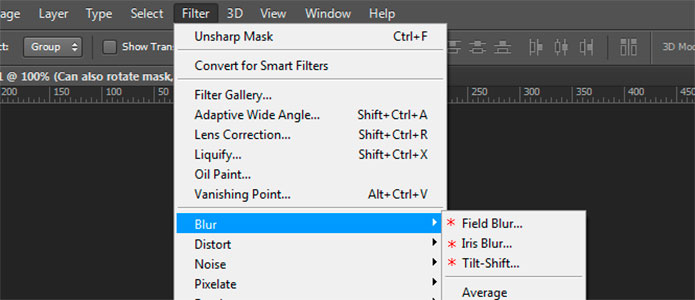


Codecs, which we’ll explain shortly, exist to find the best ways of deleting data and compressing file size while maintaining the best overall video quality.Īs an example, here is a single image at a higher quality and the same image with compression.Īt first glance, the images may look very similar, but upon closer inspection, you can see that some of the detail is lost in the image on the right, and there is some pixelation in a few spots. We do this by deleting pixel data from the video. When we add compression to a video file, we are squeezing the file size down. Well, on the basic level, compression is what it sounds like. You may need to use a variety of codecs and compression setups for your delivery needs, but today we’ll go over some of the basics of which codecs are most popular and how compression works, so you can make better choices when outputting your videos.
#Media codecs for adobe premiere cs6 software
But today, videos are output for YouTube, file sharing, TV, and any other number of uses.Īnyone who has ever exported a video from After Effects, Adobe Premiere Pro, or any editing software knows that there are a ton of codec options, bit rates, resolutions, and other variables that will alter the file size and also the video quality.
#Media codecs for adobe premiere cs6 tv
In the old days, uncompressed video files could be laid to tape and then aired on TV stations. Especially in the digital and internet era.


 0 kommentar(er)
0 kommentar(er)
